Benefits:
- Stresses the ligaments along the back of the spine
- Compresses the stomach organs, which helps strengthen the organs of digestion
- Stimulates the kidneys
- Since the heart is below the spine, the heart is massaged
- Helps to cure impotency and leads to sex control [1]
Contra-indications:
- Can aggravate sciatica. If you have sciatica, elevate the hips by sitting on a cushion, until the knees are below the hips, or avoid this pose entirely. Beware of hips rotating backward while seated; we want them to rotate forward.
- If you have any lower back disorders which do not allow flexion of the spine, then do not allow the spine to round: keep the back as straight as you can
- If the hamstrings are very tight, the knees should be bent and supported by a bolster, allowing the spine to round.
Getting Into the Pose:
- Sit on a cushion with both legs straight out in front of you. Fold forward over the legs, allowing your back to round.
Alternatives & Options:
- If your hamstrings are really tight, you won’t be able to fold forward enough to allow gravity to draw you down. Bend your knees and place a bolster underneath; allow the back to round fully. If that doesn’t work, sit up on more cushions.
- If neck feels strained by the weight of the head, support your head in your hands, resting your elbows on the legs or a bolster.
- You can rest your chest on a bolster to help relax into the pose.
- You can do this pose with the legs up a wall (very nice for people who stand all day).
- If knees feel strained, activate the quadriceps (but not all the time!) or keep a small bend in the knees, perhaps with a blanket underneath.
- Experiment with hand positions. Rest your elbows on your thighs or the floor, or loosely hold the toes with your hands. No need to pull: gravity will do the work.
- If you’re very flexible, it might be more challenging if you part your legs just enough that your chest fits between the legs.
Coming Out of the Pose:
- Use your hands to push the floor away and slowly roll up. Remember, slowly means “not fast.” This is a test! If you pop right up quickly, you are a yangster. Be a yinster and slowly come up
- Once you are up, lean back on your hands to release the hips and then shake out the legs.
Counter poses:
- Sitting up or a gentle sitting back bend
- Lying on the stomach is a gentle back bend, as is doing a spinal lift flow on the back, or flow into Tabletop (aka Hammock)
- A seated twist
Meridians & Organs Affected:
- The Urinary Bladder.
Joints Affected:
- The spine.
Recommended Hold Times:
- Three to five minutes or more.
Similar Yang Asanas:
- Paschimottanasana, but here we are not trying to lengthen the spine or stretch the back muscles. Don’t try to bring the head to the feet but, rather, round the spine so the head comes to the knees.
Other Notes:
- Paul Grilley claims this pose is excellent for balancing Chi flow, and preparing the body for meditation;
- Keep muscles relaxed especially in the legs;
- Make sure the tops of the hips are tilted forward. If the hips are rotating backward, sit on higher cushions and bend the knees more. Fold forward enough that gravity is doing the work, not your muscles. If you are not folding forward, you won’t be able to relax completely. Let gravity have you! Surrendering is yin.
The above video is an extract from Using Props in Yin Yoga,
which is a 50-minute video.
which is a 50-minute video.
